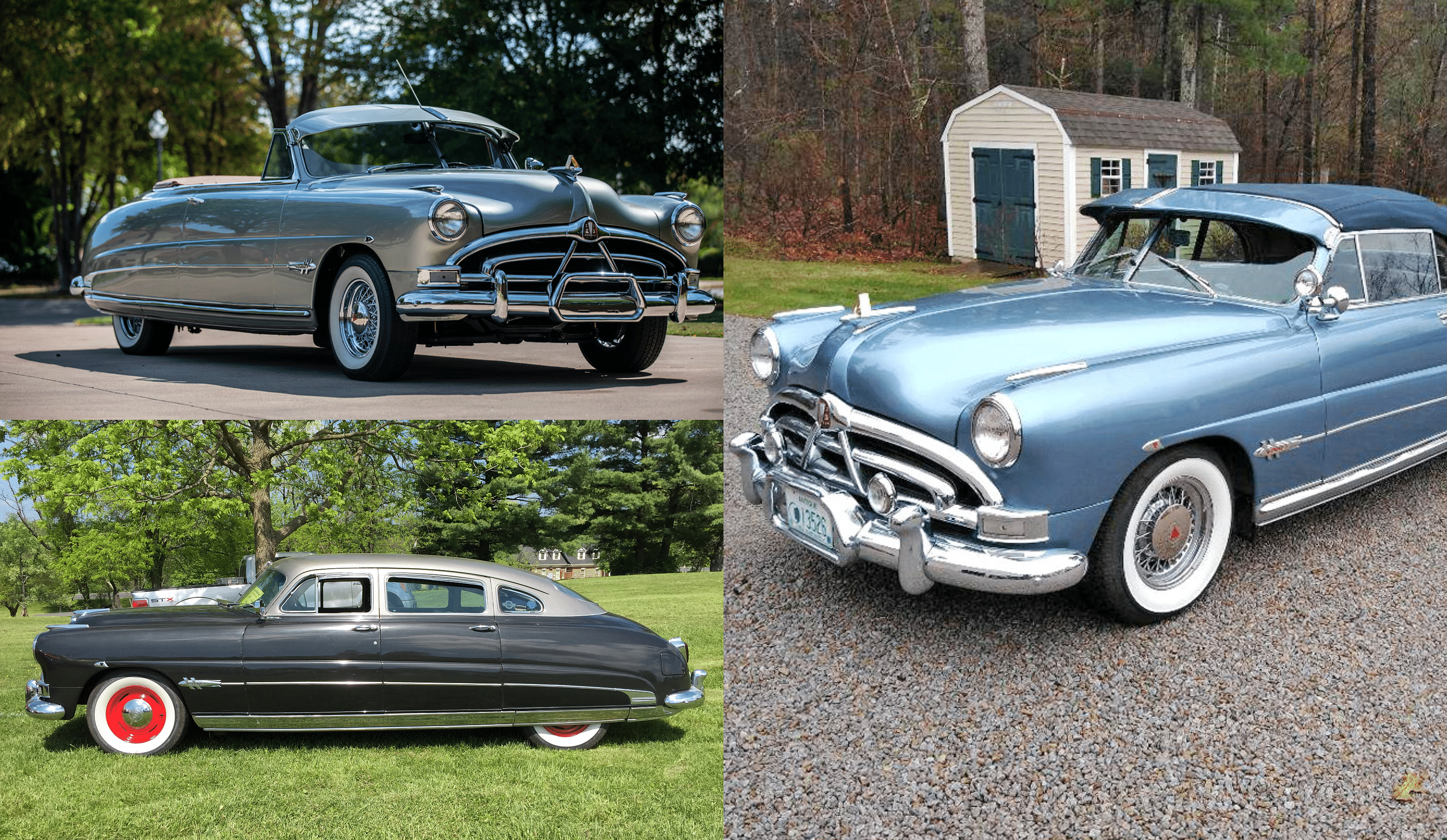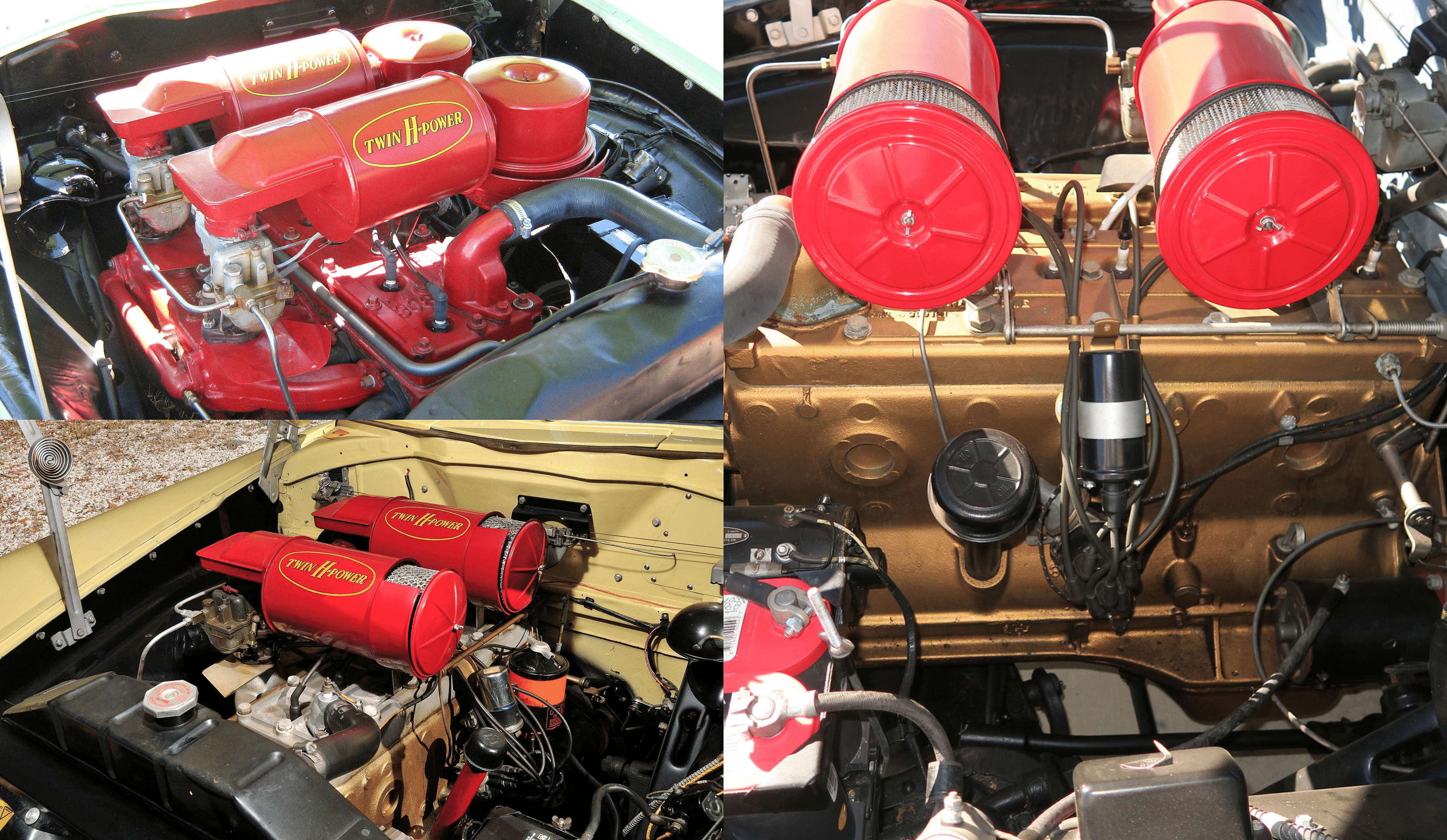A Closer Look Into A 50s Legend, The Hudson Hornet
The fabulous Hudson Hornet is the early iteration of muscle cars and started its journey from Detroit itself. While the car was built for two generations, the first-generation model shot to fame after its successful NASCAR run and getting featured in Disney’s Cars movie. The car was available in sedan, convertible, and two-door coupe versions and also got one of the biggest motors for a production car in its time.
Published January 29, 2024

The Hudson Motor Car Company was in business from 1901 till 1954 till it merged with Nash-Kelvinator, forming the iconic American Motors Corporation. Before giving up its standalone operations, Hudson went out in style with its best-ever car in the lineup, the fabulous Hudson Hornet.
During its production, it was the fastest production American car and soared past Caddies and Lincolns out on the freeways. While the car was produced for two generations, the first-gen model was and is still more popular than the second-generation one. The Hornet also has a glorious NASCAR career with an overall winning percentage of eighty-three. Hudson was the first car manufacturer to enter stock car racing and the Hornets that raced were actually stock.
How is the Hudson Hornet’s design?
Back in the 50s, cars with extensive chrome exterior and interior trims were seeing an upward trend. As such, the Hudson Hornet also received a similar treatment. However, the body of the car was based on Hornet’s own "step-down" design which was first seen on Hudson’s Commodore sedan. As such, the Hornet came with a ladder frame chassis. The Hornet was available in three body styles, sedan, convertible, and two-door coupe. While the coupe looked cooler than the sedan, the convertible was rarer than the other two.

Interestingly, the step-down design of the Hudson Hornet allowed it to have much less body roll as compared to the floaty and big competitors it had back then. With this, the Hornet offered both, a comfortable ride as well sportier handling which helped it achieve multiple victories in NASCAR. After a year of successful runs, Hudson decided to make the lavish front grille of the Hornet a bit understated with a slightly redesigned and matte-style grille. Even with the cosmetic upgrades, the Hornet was slowly losing its desirability.
How are the engine and performance of the Hudson Hornet?
Second to its handling, the powertrain is the part that earned the Hornet its legendary status. Right from the start in 1951, the fabulous Hornet was powered by a sizable naturally aspirated I-6 motor. It also happened to be the biggest displacement I-6 motor on a production car at that time as well. The powertrain wasn’t entirely new though, but a rebored and thoroughly re-engineered version of Hudson’s 4.3-liter “super-six” Inline 6 motor.

From the 1952 model year onward, Hudson started offering the optional and legendary Twin H-Power upgrade that came with two single-barrel carburetors from Carter. The dual carbs had more throat area which allowed for better fuel distribution for better performance. With the single-carb setup, the motor produced around 145 hp at 3,800 rpm while the dual-carb setup bumped the power to an impressive 170 hp and 275 lb-ft of torque. From 1952 onward, the twin H-Power setup became standard and the engine was capable of much more than the already upgraded power figure of 170 hp.
How is the car related to NASCAR?
Coming to the NASCAR fame of the fabulous Hudson Hornet, the car was simply unbeatable out on the tracks. Primarily because of its over-engineering and extra toughness, the car lasted more than almost all its competitors. The motor had bulletproof reliability as opposed to the bigger V8s of its competitors as well. Back in the 50s, the Hornet had its dominance in NASCAR while its V8-powered and slightly lighter cars struggled to keep up with it.

The Hornet was first driven by Marshall Teague in 1952. He also helped tune the Hornet’s I-6 motor to extract the maximum possible power from it as well. After securing first place in the Daytona Beach and Road Course, he lovingly named the Hornet, “The Fabulous Hudson Hornet” the name that went on to live on for decades. Other than Teague, Herb Thomas, and Tim Flock are the two racers who drove the Hornet and won several titles in their career.
FAQs
How rare are Hudson Hornets?
Overall, just 1,757 units of the Hudson Hornet Special were manufactured, with 1,528 being four-door sedans, as seen in our showcased car. Only a small batch of 229 two-door hardtops were ever assembled.
Why was the Hudson Hornet so famous?
The Fabulous Hudson Hornet gained prominence due to its remarkably low center of mass compared to other cars of its era. This unique attribute resulted in exceptional handling and road performance, which resonated with stock car racers, leading them to affectionately label these vehicles with the 'Fabulous' tag.
What car is the Hudson Hornet based on?
Debuting in 1951, the Hudson Hornet was built upon Hudson's "step-down" concept, initially showcased in the 1948 Commodore model.
Write a comment
Comments
No Comments Yet









